Link :
Researchers have developed a new electrically active biomaterial that can be transplanted into the body to improve recovery following central nervous system injuries. The material acts as a scaffold that also provides electrical stimulation.


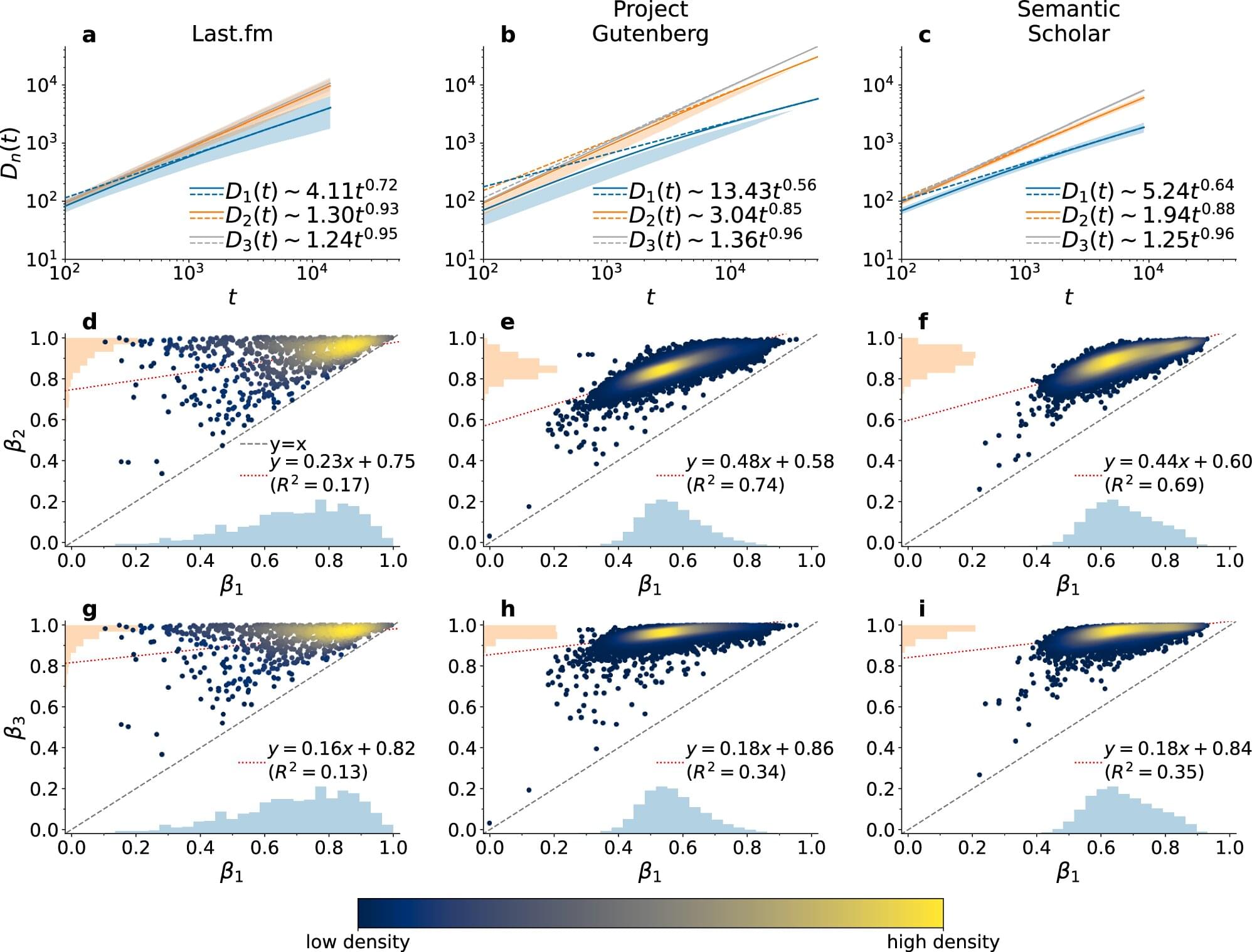
A new study in Nature Communications explores the dynamics of higher-order novelties, identifying fascinating patterns in how we combine existing elements to create novelty, potentially reshaping our understanding of human creativity and innovation.
Novelties—a common part of human life—refer to one of two things. The first is the discovery of a single item, like a place, song, or an artist. The second covers discoveries new to everyone, such as technological developments or drug discoveries.
The researchers in this study aimed to understand how both kinds of novelties emerge. The team was led by Prof. Vito Latora from the Queen Mary University of London, who spoke to Phys.org about the work.
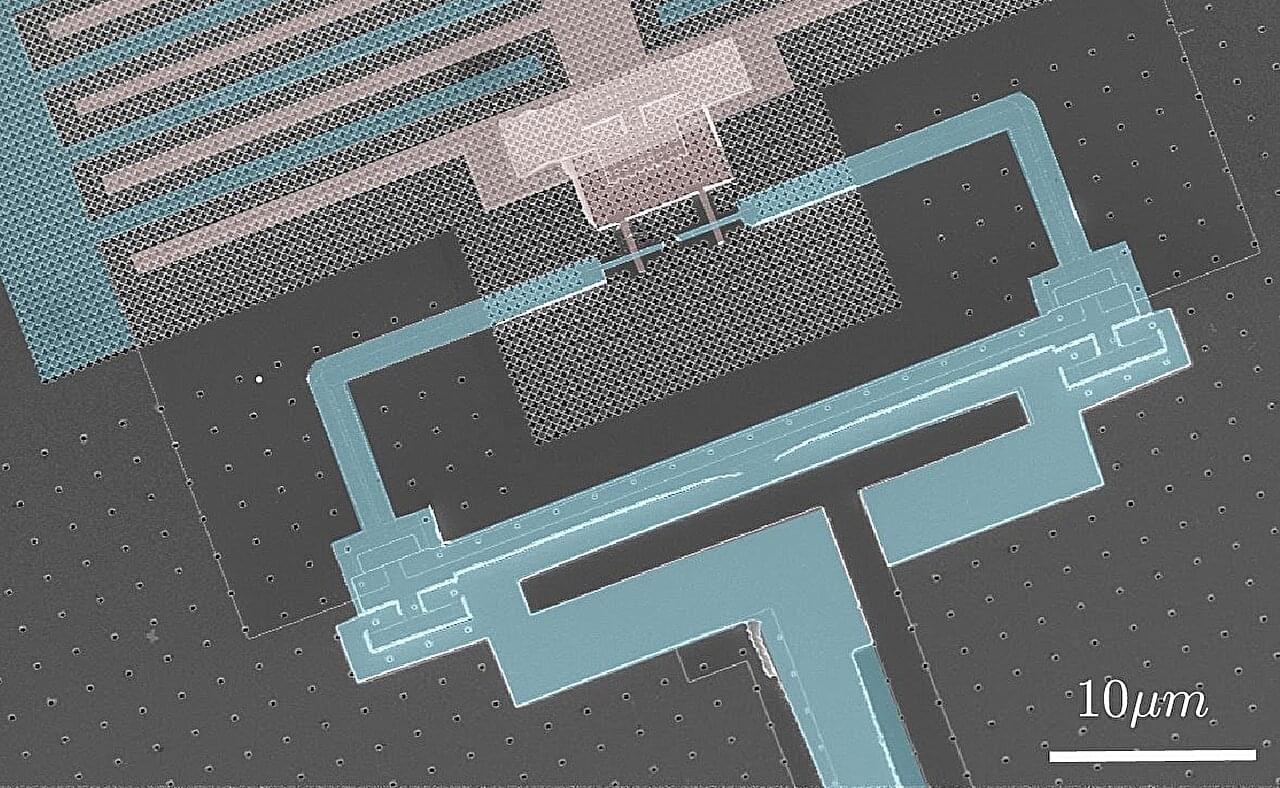
Quantum computers have the potential of outperforming classical computers on some optimization and computational tasks. Compared to classical systems, however, quantum systems are more prone to errors, as they are more sensitive to noise and prone to so-called decoherence.
Decoherence is a process via which a quantum system loses its quantum properties due to interactions with its surrounding environment, causing a loss of quantum information and errors. This loss of coherence can be caused by a range of external disturbances, including material defects, temperature fluctuations and electromagnetic fields.
In recent years, physicists and engineers worldwide have been trying to devise effective methods to reduce decoherence and thus improve the reliability of quantum computers. The sources of decoherence in solid-state systems include so-called two-level systems (TLSs), which are a class of material defects that arise from the random switching between two energy states, which can disrupt the stability of qubits.
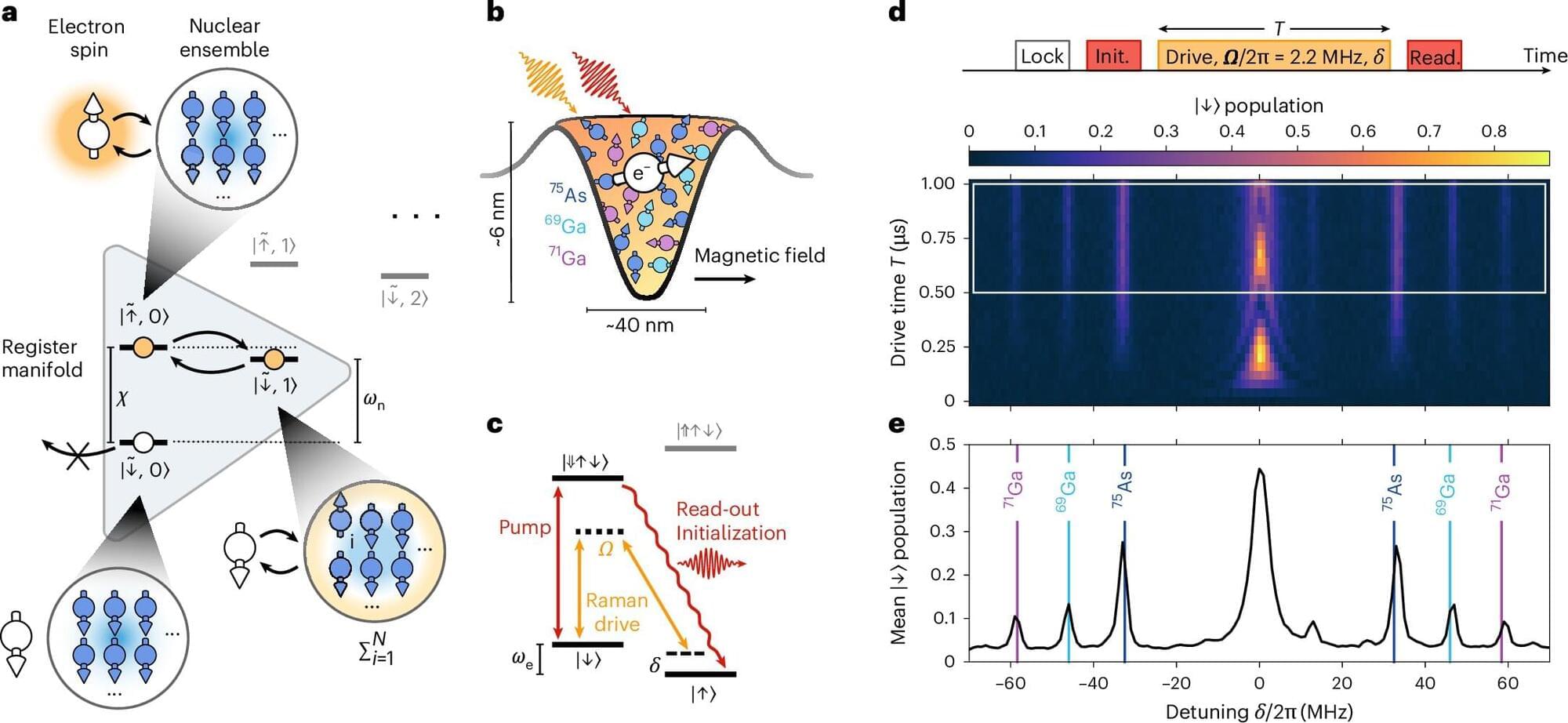
In an advance for quantum technologies, researchers at the Cavendish Laboratory, University of Cambridge, have created a functional quantum register using the atoms inside a semiconductor quantum dot.
Published in Nature Physics, the work demonstrates the introduction of a new type of optically connected qubits—a critical advance in the development of quantum networks, where stable, scalable, and versatile quantum nodes are essential.
Quantum dots are nanoscale objects with unique optical and electronic properties that come from quantum mechanical effects. These systems are already used in technologies like display screens and medical imaging, and their adoption in quantum communication has been mostly due to their ability to operate as bright single-photon sources.

Using the Hubble Space Telescope (HST), astronomers from the University of California Santa Cruz (UCSC) and elsewhere have observed an ultra-diffuse galaxy known as FCC 224. Results of the observational campaign, published Jan. 18 on the arXiv pre-print server, provide important insights into the properties of this galaxy and its globular cluster system.
Globular clusters (GCs) are collections of tightly bound stars orbiting galaxies. Astronomers perceive them as natural laboratories enabling studies on the evolution of stars and galaxies. In particular, GCs could help researchers to better understand the formation history and evolution of early-type galaxies, as the origin of GCs seems to be closely linked to periods of intense star formation.
Located some 65 million light years away in the Fornax galaxy cluster, FCC 224 is a quiescent ultra-diffuse galaxy about 10 billion years old. It has a major axis effective radius of approximately 6,160 light years and its mass is estimated to be at a level of 200 million solar masses.
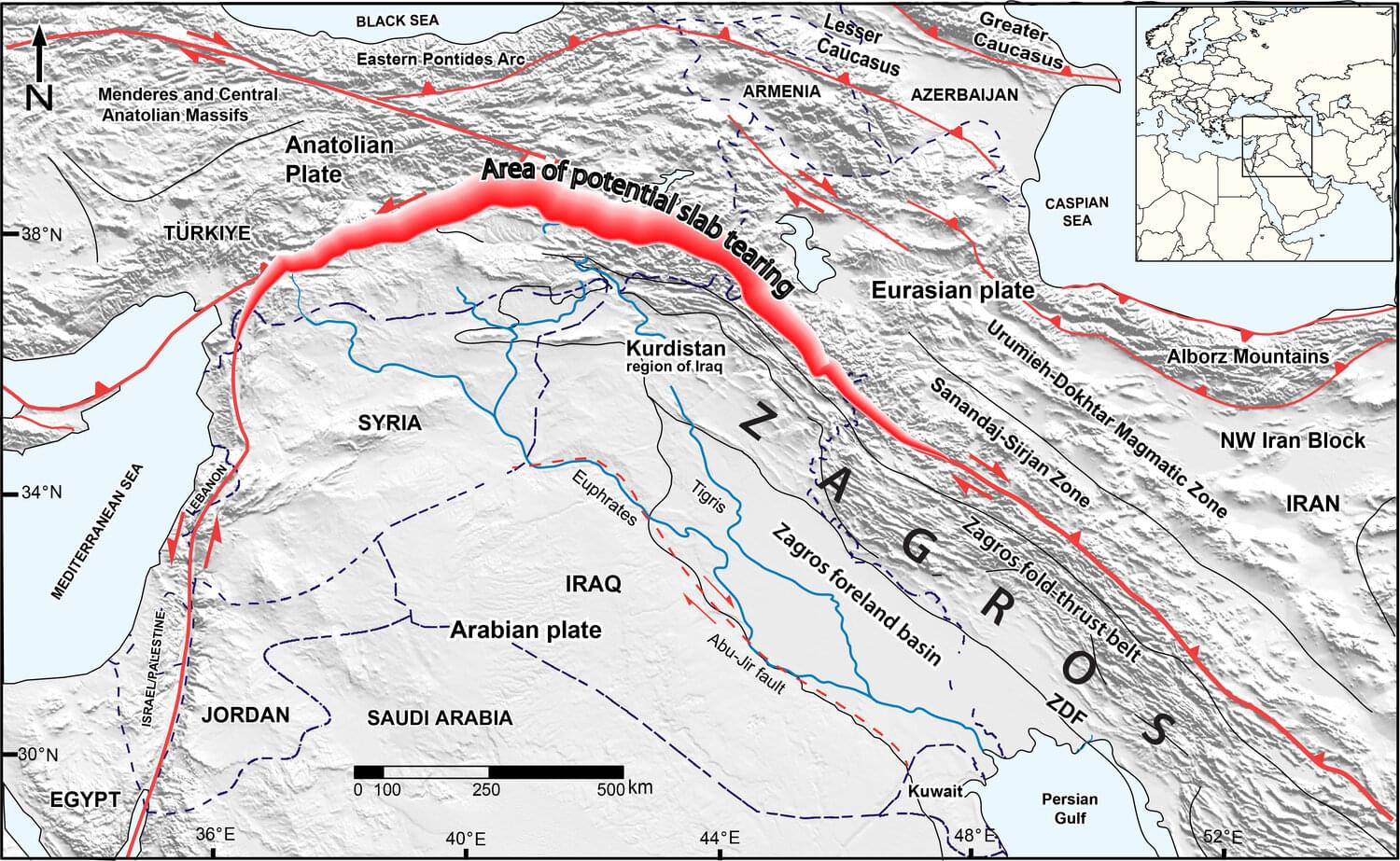
An international research team led by the University of Göttingen has investigated the influence of the forces exerted by the Zagros Mountains in the Kurdistan region of Iraq on how much the surface of the Earth has bent over the last 20 million years. Their research has revealed that in the present day, deep below the Earth’s surface, the Neotethys oceanic plate—the ocean floor that used to be between the Arabian and Eurasian continents—is breaking off horizontally, with a tear progressively lengthening from southeast Turkey to northwest Iran.
Their findings show how the evolution of the Earth’s surface is controlled by processes deep within the planet’s interior. The research is published in the journal Solid Earth.
When two continents converge over millions of years, the oceanic floor between them slides to great depths beneath the continents. Eventually, the continents collide, and masses of rock from their edges are lifted up into towering mountain ranges. Over millions of years, the immense weight of these mountains causes the Earth’s surface around them to bend downward. Over time, sediments eroded from the mountains accumulate in this depression, forming plains such as Mesopotamia in the Middle East.

At Texas A&M University, one research lab is changing the game of droplet microfluidics, a technique that involves conducting experiments in nanoscale droplets of liquid in a controlled environment. The team has developed a system that makes droplet microfluidics faster, lower cost, and more accurate.
Dr. Arum Han, the Texas Instruments Professor in the Department of Electrical and Computer Engineering, and his lab associates created a technology named NOVAsort (Next-generation Opto-Volume-based Accurate droplet sorter), a system that allows high throughput screening of molecules and cells at significantly reduced error rates.
Whereas previous research has focused on increasing the speed of assays (a type of laboratory test), the team’s findings, which are published in Nature Communications, are among the first to significantly improve accuracy without compromising the speed of assays.
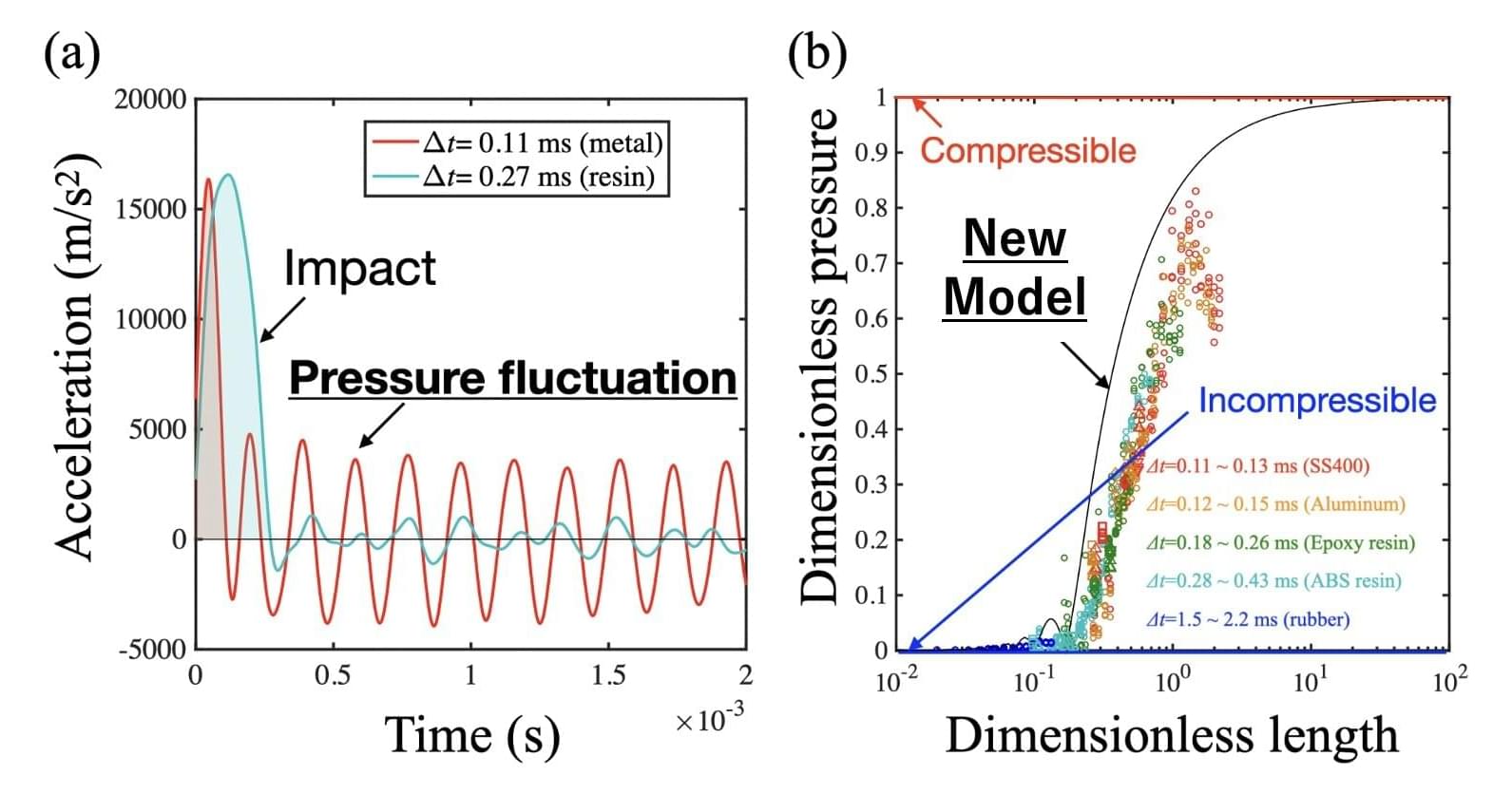
A research team from Japan has developed a unified model to scale the transitional pressure development in a one-dimensional flow. This achievement provides a better understanding of how pressure fields build up in the confined fluid system for various acceleration situations, which might be applicable to biomechanics-related impact problems, such as human brain injuries caused by physical contact.
Liquid is usually not considered compressible, except for when subjected to a high-speed flow or rapid acceleration. The latter case is known as the water hammer theory, which often occurs with a loud sound when a water faucet is suddenly closed.
In recent years, the onset of mild traumatic brain injury has been discussed in a similar context, meaning that better understanding of this issue is important in not only traditional engineering but also emerging biomechanics applications.
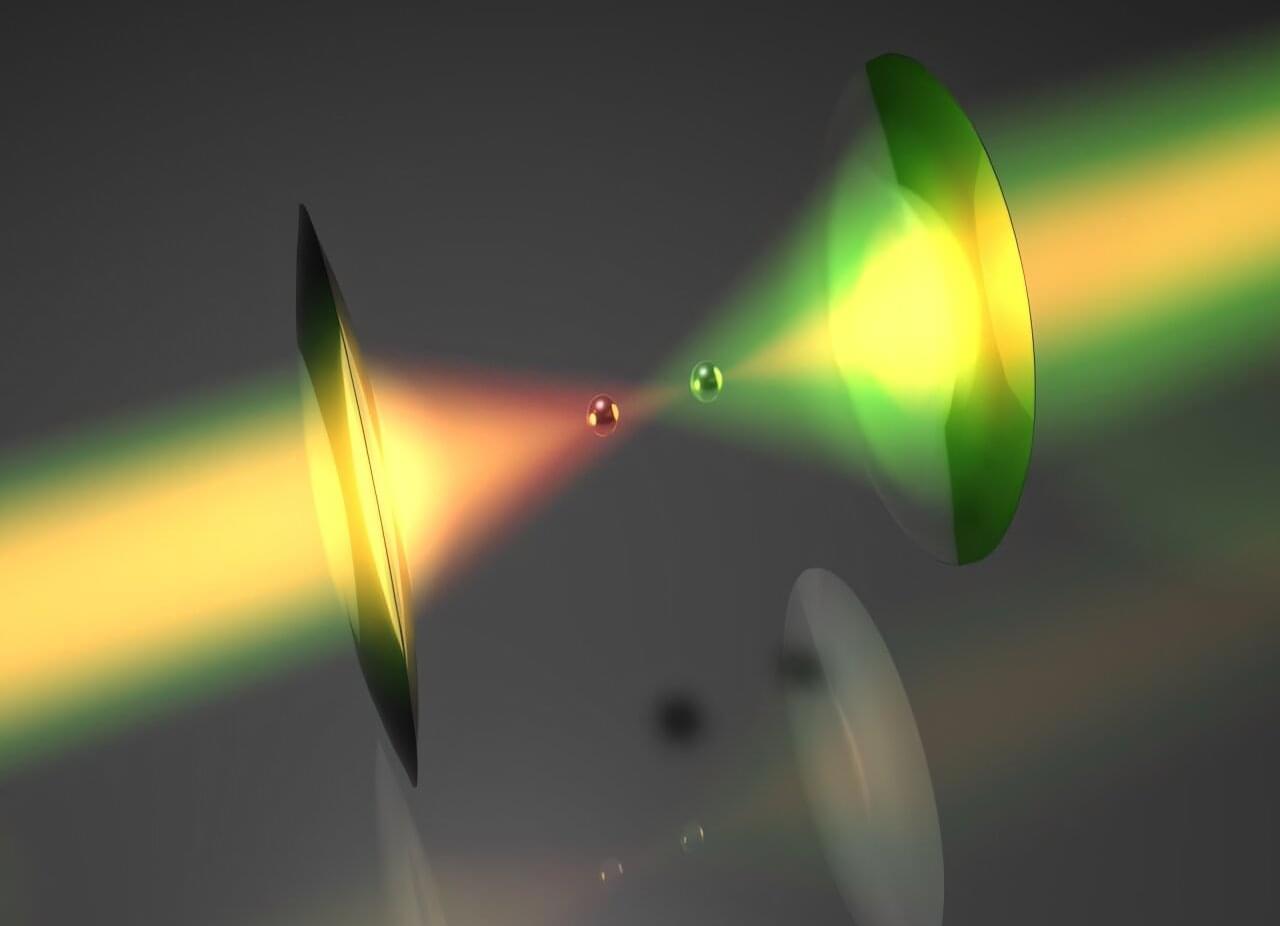
An article published in the journal Optica describes the development of a new experimental device that explores the boundary between classical and quantum physics, allowing the simultaneous observation and investigation of phenomena from both worlds.
The instrument was developed in Florence and is the result of collaboration within the extended partnership of the National Quantum Science and Technology Institute (NQSTI), involving the Department of Physics and Astronomy at the University of Florence, the National Institute of Optics of the National Research Council (CNR-INO), as well as the European Laboratory for Nonlinear Spectroscopy (LENS) and the Florence branch of the National Institute for Nuclear Physics (INFN).
It is well known that the study of matter, as we progress to increasingly smaller scales, shows radically different behaviors from those observed at the macroscopic scale: this is where quantum physics comes into play, helping to understand the properties of matter in the world of the infinitely small. While these phenomena have been studied separately until now, the instrument developed by CNR-INO researchers allows for the experimental exploration of matter’s behavior from both perspectives.